Folklore
Many depictions in art of the Russian folk witch Baba Yaga show her with mushrooms, especially the Fly Agaric (the red-capped, white-spotted mushroom also associated in children’s illustrations with fairies and gnomes). As Baba Yaga is Russia’s most famous witch, hunting mushrooms is Russia’s favorite pastime, and both Baba Yaga and mushrooms are found in the forest, it makes sense that the two would become entwined. Also, the fly agaric (Amanita muscaria) is a psychoactive mushroom that can cause hallucinations, euphoria, and death.
Baba Yaga appears as an ugly crone with a big nose and iron teeth; she rides around in a flying mortar, wielding the pestle, and lives in a hut that stands on chicken legs. She is one of my favorite witches.
Baba Yaga is not a good witch, although not always the villain either. She often inspires the young women and men who meet her in the forest to help themselves with their wit and wisdom. Or she kills and eats them and uses their bones to decorate her garden.
In Old Russian, baba was the term for a sorceress, fortune teller, and/or midwife. In modern Russian, the word babushka, the word for grandmother and for the kerchiefs they wear on their heads, is derived from it.
Baba Yaga is immortal and embodies the dual nature of life and death, and, like a hunter of mushrooms in the woods, you can search out Baba Yaga and perhaps be granted a boon, if you are clever enough. Or perhaps you’ll die.
Clarissa Pinkola Estes, author of “Women Who Run with The Wolves”, writes that we can meet Baba Yaga in the woods and receive wisdom from her. By connecting with Baba Yaga, we can learn to navigate in the darkness, cultivate shrewd discernment, strengthen our intuition, and honor our wild nature.
Try to connect with Baba Yaga yourself with this Forest Magic:
Go out into the forest for mushrooms… and with a question in your mind. As you walk through the woods, let your mind be open to answers to your question that may come to you from different sources: birds in the skies, squirrels chirruping in the trees, fallen logs, puddles, the shape of the river rocks, or the curve of the path. Let the forest speak to you. Listen. When you emerge from the woods, perhaps you will have an answer to your question.
If you can’t get to the woods, ask a question before you go to sleep and enter the dark forest of your dreams. You may have an answer when you awake.
The Koryak people of Siberia tell of Big Raven, who used Amanita Muscaria (sent to him by Existence) to fly, enabling him to deliver a heavy bag of food so a whale could return to the sea with its family. Impressed, Big Raven caused the fungus to stay so his children could find visions for themselves.
The Koryaks were by no means the only people to use Amanita for its psychoactive properties; the Wassons discovered evidence in cultures across Scandinavia, Siberia and much further afield.
In some Mesoamerican ceremonies, partakers consumed fungus they called teonanacatl or “flesh of god”. Many links with ancient civilizations have been proposed, including early Taoist literature, the possibility of Amanita Muscaria as ambrosia, the mythical nectar of the Ancient Greek gods, and even one of the main ingredients of the early Hindu ritual drink, soma.
Hundreds of years ago, it was found that the winter solstice ceremony of the indigenous people of the North Pole, especially the Koryaks of Siberia and the Kamchadales, had similar traditions to the ones of the last century’s Christmas Eve.
In ancestral communities of the Arctic, the winter solstice, was a ceremonial and festive date. Rituals were guided by shamans who collected the Amanita Muscaria mushroom, also called fly agaric, which has powerful hallucinogenic properties.
The reindeer were of great help in reducing the toxicity of the mushroom. They can eat Amanita muscaria without suffering the effects of the toxins. The urine of the animals was used, since they had already filtered the harmful components of the mushroom, and still maintained its hallucinogenic effects.
The legend says that, during their trips the shamans managed to see the future of the community, they could turn into animals and fly towards the North Star in search of knowledge to share with their people.
And… Santa just looks like an Amanita mushroom…



